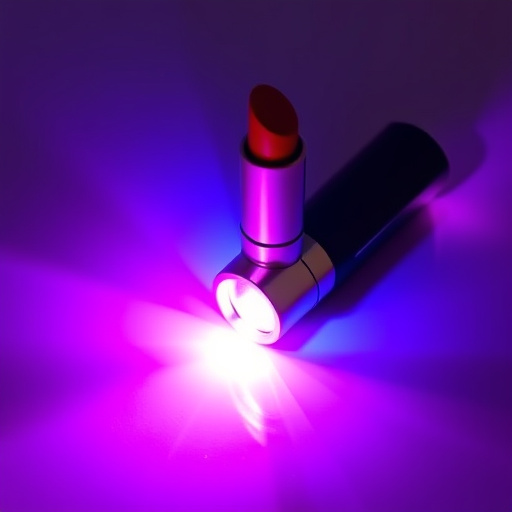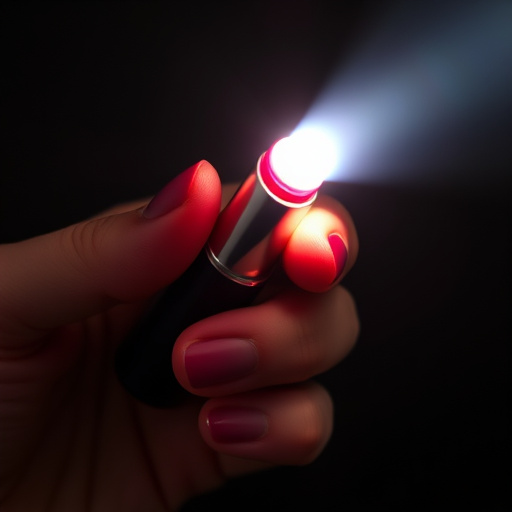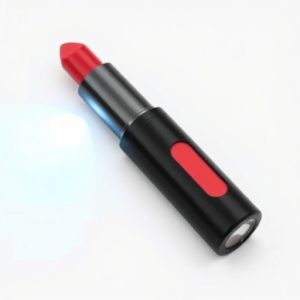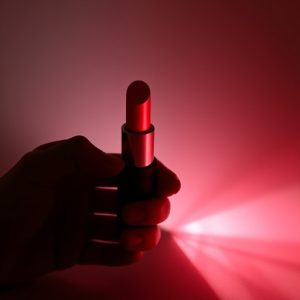Lipstick Stun Gun Certification: Power, Safety, and Ethical Applications
Non-lethal weapons, like the Lipstick Stun Gun with Flashlight, are transforming self-defense and la…….
Non-lethal weapons, like the Lipstick Stun Gun with Flashlight, are transforming self-defense and law enforcement tactics. Their dual functionality combines a powerful stun gun with lighting, providing safe, effective incapacitation without permanent harm. Rigorous certification ensures responsible usage, offering peace of mind and legal backing. These tools are gaining popularity in law enforcement, private security, and personal defense, but ethical use requires proper training and accountability to prevent misuse.
“Unleash control without fatal consequences with our guide to Non-Lethal Weapon Training Certification. In today’s diverse law enforcement landscape, understanding non-lethal options like the Lipstick Stun Gun with Flashlight is crucial. This powerful tool combines stunning capabilities with illumination, offering a strategic advantage in various scenarios.
Explore the certification process, uncover real-world applications, and delve into ethical considerations surrounding these weapons. From requirements to benefits, we provide a comprehensive overview for those seeking non-lethal training.”
- Understanding Non-Lethal Weapons: A Comprehensive Overview
- Lipstick Stun Gun with Flashlight: Unveiling the Tool
- Certification Process: Requirements and Benefits
- Real-World Applications and Ethical Considerations
Understanding Non-Lethal Weapons: A Comprehensive Overview

Non-lethal weapons, also known as less-lethal or non-deadly force tools, represent a significant advancement in law enforcement and security strategies. These innovative devices are designed to incapacitate or control individuals without causing permanent harm or death, making them a crucial component of modern policing tactics. From pepper spray and Tasers to stun guns and impact balls, these weapons offer a range of options for managing high-risk situations effectively.
One notable example is the lipstick stun gun with flashlight, which combines a powerful stun device with a built-in light source. This compact and discreet tool allows officers to quickly respond to threats while illuminating dark areas, enhancing their situational awareness. Understanding non-lethal weapons like these involves grasping their unique capabilities, deployment protocols, and the ethical considerations that surround their use.
Lipstick Stun Gun with Flashlight: Unveiling the Tool

The Lipstick Stun Gun with Flashlight is a compact and innovative self-defense tool designed for individuals seeking non-lethal options in their personal safety arsenal. This sleek device combines the power of a stun gun with the functionality of a powerful flashlight, offering users versatility and convenience in an easy-to-carry package. Crafted to resemble a lipstick case, it provides a unique and discreet way to deter potential threats without causing permanent harm.
The stun gun component delivers a strong electric shock, temporarily incapacitating an attacker, while the built-in flashlight illuminates dark environments, providing visibility during emergency situations. Its dual functionality makes it an attractive choice for individuals who prioritize self-defense but want to avoid lethal force. With its compact design and easy operability, this lipstick stun gun with flashlight is a game-changer in personal safety technology.
Certification Process: Requirements and Benefits

The certification process for non-lethal weapon training, such as the lipstick stun gun with flashlight, involves several key requirements to ensure safety and proficiency. Candidates must complete a thorough course that covers proper handling, deployment techniques, and legal considerations related to stun guns in their jurisdiction. This often includes theoretical knowledge assessments and practical demonstrations to prove their understanding of the device’s functionality and effectiveness.
Obtaining this certification offers significant benefits for individuals seeking to protect themselves or others in various situations. It provides peace of mind, knowing that you possess the necessary skills and legal backing to use a non-lethal weapon responsibly. Additionally, certified users may face reduced liability in case of accidental deployment or if confronted with legal scrutiny, as it demonstrates their commitment to using such devices only when necessary and in accordance with established guidelines.
Real-World Applications and Ethical Considerations

The real-world applications of non-lethal weapons, such as the lipstick stun gun with a flashlight, are diverse and expanding. These tools have proven valuable in various security sectors, including law enforcement, private security, and even personal defense. In law enforcement, they offer an alternative to lethal force, especially in situations involving individuals suffering from mental health crises or armed with less-lethal weapons. For example, a stun gun can temporarily disable an assailant without causing permanent harm, allowing for safer resolution of potentially dangerous scenarios.
Ethical considerations surround the use of non-lethal weapons, particularly regarding their potential for misuse and the impact on individuals’ safety. While these tools are designed to minimize injuries, their effectiveness and power mean that proper training is crucial. Users must understand when and how to deploy them responsibly to avoid exacerbating situations or causing unintended harm. Additionally, ethical frameworks should address issues of consent, proportionality, and accountability in the use of such devices, especially as their availability becomes more widespread.
The certification process for non-lethal weapons, such as the Lipstick Stun Gun with Flashlight, offers individuals and organizations an opportunity to gain specialized knowledge and enhance their safety capabilities. Understanding these tools’ unique features and ethical implications is vital, especially in diverse real-world applications. By obtaining a certification, users can ensure they employ these devices responsibly and effectively, contributing to safer communities.


